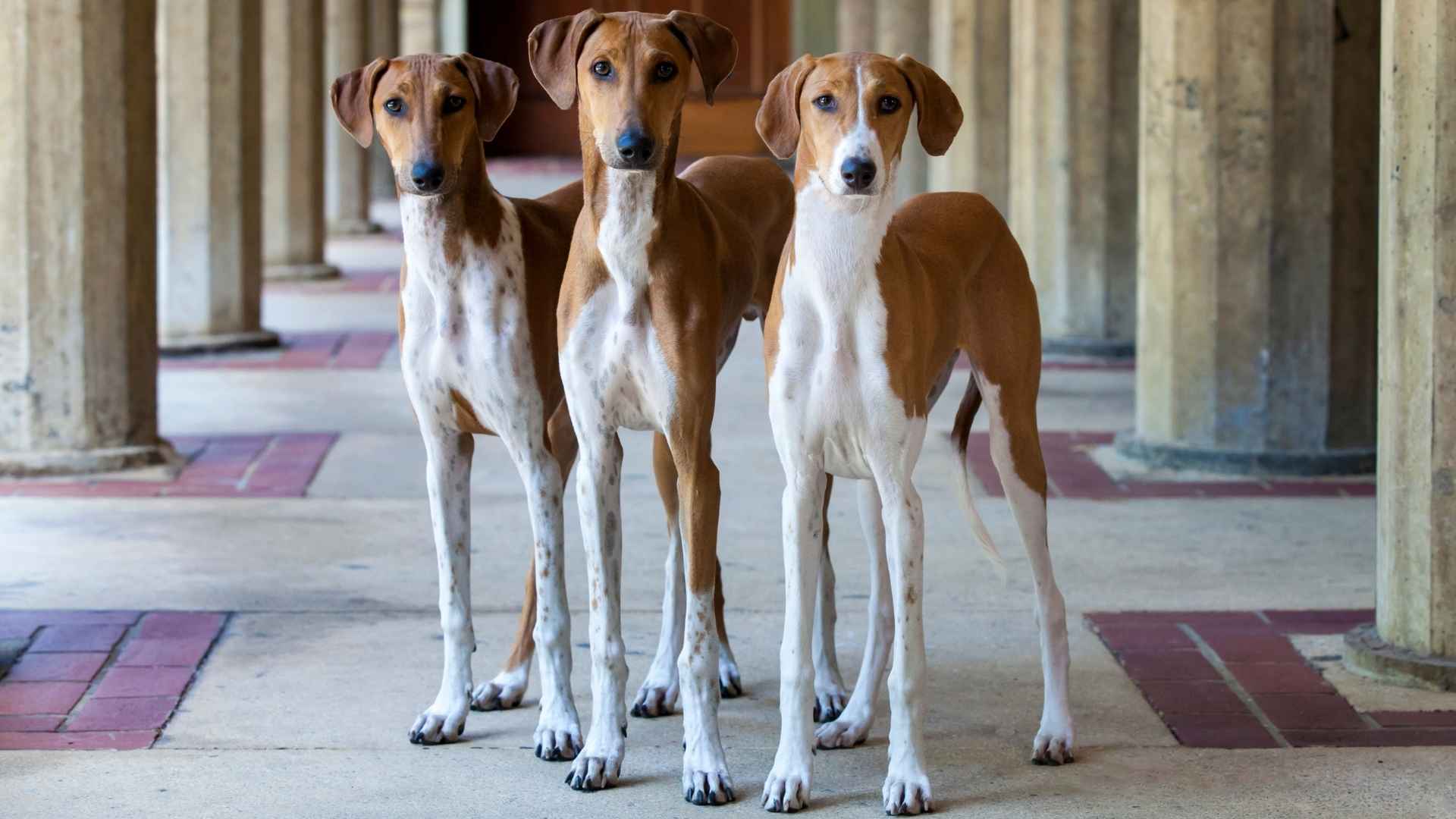With hundreds of dog breeds recognized around the world, most of us are familiar with crowd favorites like the Golden Retriever or the Poodle. But hidden beyond the spotlight of common breeds lies a fascinating world of rare and extraordinary dogs, breeds so unique, you’ve likely never seen them in your neighborhood or even heard their names mentioned at the dog park.
These uncommon canines may not top popularity charts, but they are far from ordinary. Many have captivating stories rooted in ancient cultures, remote regions, or special working roles that shaped their distinct traits. Their rarity makes them prized among breed enthusiasts and a true discovery for those who value the uncommon and the unforgettable.
Whether bred for guarding Himalayan villages or tracking game in remote forests, these dogs are more than just companions; they’re living artifacts of history and culture. Get ready to uncover a lineup of rare dog breeds that will surprise and delight with their mystery, charm, and one-of-a-kind appeal.
Rare Dog Breeds You Have Never Seen
1. Chinook
Hailing from New Hampshire in the early 20th century, the Chinook is a rare American sledding breed designed for both power and speed. Originally bred by polar explorer Arthur Walden, the Chinook combines the strength of freight dogs with the agility of racers, making it a versatile working companion.
Males typically stand up to 26 inches tall and weigh between 55 to 90 pounds, while females are slightly smaller. According to the AKC, the Chinook is a sturdy working dog and loyal family companion, recognized for its intelligence, patience, and willingness to please.
With their dense tawny coats, soulful almond-shaped eyes, and muscular builds, Chinooks radiate both strength and kindness. They belong to the working group and generally live 12–15 years.
Unique Traits
Chinooks are gentle and affectionate, especially with children, making them excellent family dogs. Though not hyperactive, they thrive with consistent exercise and purposeful work, like sledding or agility.
Their double coat sheds seasonally, so weekly grooming usually suffices, though in spring and fall, brushing should be done more frequently to manage the heavier shed. These dogs are also known for excelling in obedience, search and rescue, and carting.
Fun Fact: The Chinook is the official state dog of New Hampshire and one of the rarest breeds recognized by the American Kennel Club.
2. Azawakh
Originating from the vast, arid lands of the West African Sahel, the Azawakh is a rare and striking sighthound developed by nomadic tribes like the Tuareg for guarding, hunting, and companionship. WebMD states that Azawakh dogs are loyal companions.
Known also as “idii n’ illeli” or “the sight of the free people,” the breed takes its name from the Azawakh Valley, an ancient, dry river basin spanning Mali, Niger, and Burkina Faso. With deep cultural roots, these dogs were more than working animals; they were considered noble companions, revered by upper-caste desert communities.
Lean and athletic, Azawakhs typically stand 23–29 inches tall and weigh between 33–55 pounds. Their streamlined bodies and long legs mirror the elegance of greyhounds, but their endurance and adaptability are suited to the scorching African climate. Recognized by the American Kennel Club in the Hound group, Azawakhs can live up to 15 years.
Unique Traits
Azawakhs are distinguished by their visibly lean frames, deep chests, and short, fine coats that come in diverse shades such as red, brindle, black, blue, and parti-color. These agile sighthounds were bred to chase prey like gazelles across harsh desert terrains, making them swift and resilient.
Fun Fact: Azawakhs are one of the few breeds whose ideal physique includes showing three to five ribs, a trait vital for desert survival.
3. Appenzeller Sennenhund
The Appenzeller Sennenhund is a medium-sized working dog breed from the Appenzell region in northeastern Switzerland. It is one of four regional Swiss mountain dog breeds, all known for their distinctive tricolored coats.
Also called the Appenzell Cattle Dog or Appenzeller Mountain Dog, this Swiss native is among the rarest of the four Sennenhund breeds. Their muscular herder stands about 19 to 22 inches tall and weighs between 48 to 70 pounds.
It has a striking tricolor coat, black or brown with symmetrical white and rust markings, and a dense double coat designed for mountain climates. Traditionally used for driving livestock and guarding farms, this breed thrives on activity, making it a better fit for spacious homes and rural environments rather than city apartments. Its life expectancy ranges from 12 to 15 years.
Unique Traits
Highly intelligent, loyal, and fearless, the Appenzeller Sennenhund is naturally suspicious of strangers, which makes it an excellent watchdog.
Its agility and eagerness to please also enable it to shine in obedience, herding, and even search and rescue work. Despite its high versatility, its scarcity, even in Switzerland, contributes to its endangered status among Swiss breeds.
Fun Fact: This smart dog breed’s lively spirit and keen work ethic were so valued in Swiss farms that it was often entrusted with managing entire herds on its own.
4. Canaan Dog
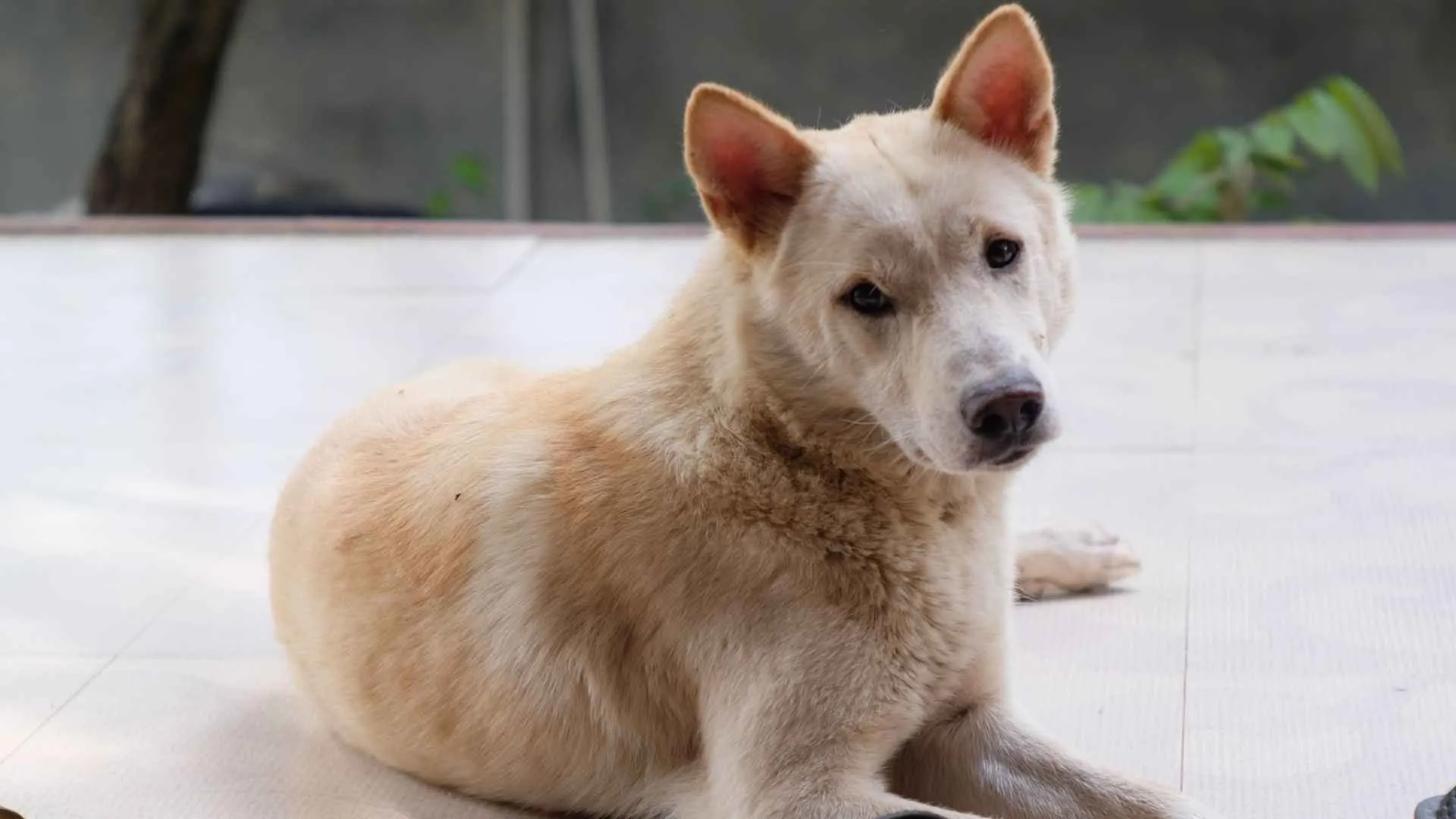
The Canaan Dog, also known as Kelev K’naani, is a rare and ancient herding breed with roots in the Middle East. Recognized as Israel’s national dog, it has adapted over centuries from desert wild dogs to loyal protectors and companions.
This medium-sized breed stands between 19 to 24 inches and weighs 35 to 55 pounds. With a square build, upright ears, bushy tail, and a short, straight coat that can come in black, cream, red, liver, white, and more, the Canaan Dog carries a primitive yet elegant appearance.
Its life expectancy ranges from 12 to 15 years. Originally bred for herding and guarding, they remain versatile dogs suited for active households with experience in dog training and leadership.

Unique Traits
Canaan Dogs are naturally territorial and intelligent, often displaying independent thinking and strong guarding instincts. PetMD states that Canaan Dogs are loyal companions who require a moderate amount of exercise and grooming. They require consistent, positive training from an early age to establish trust and control.
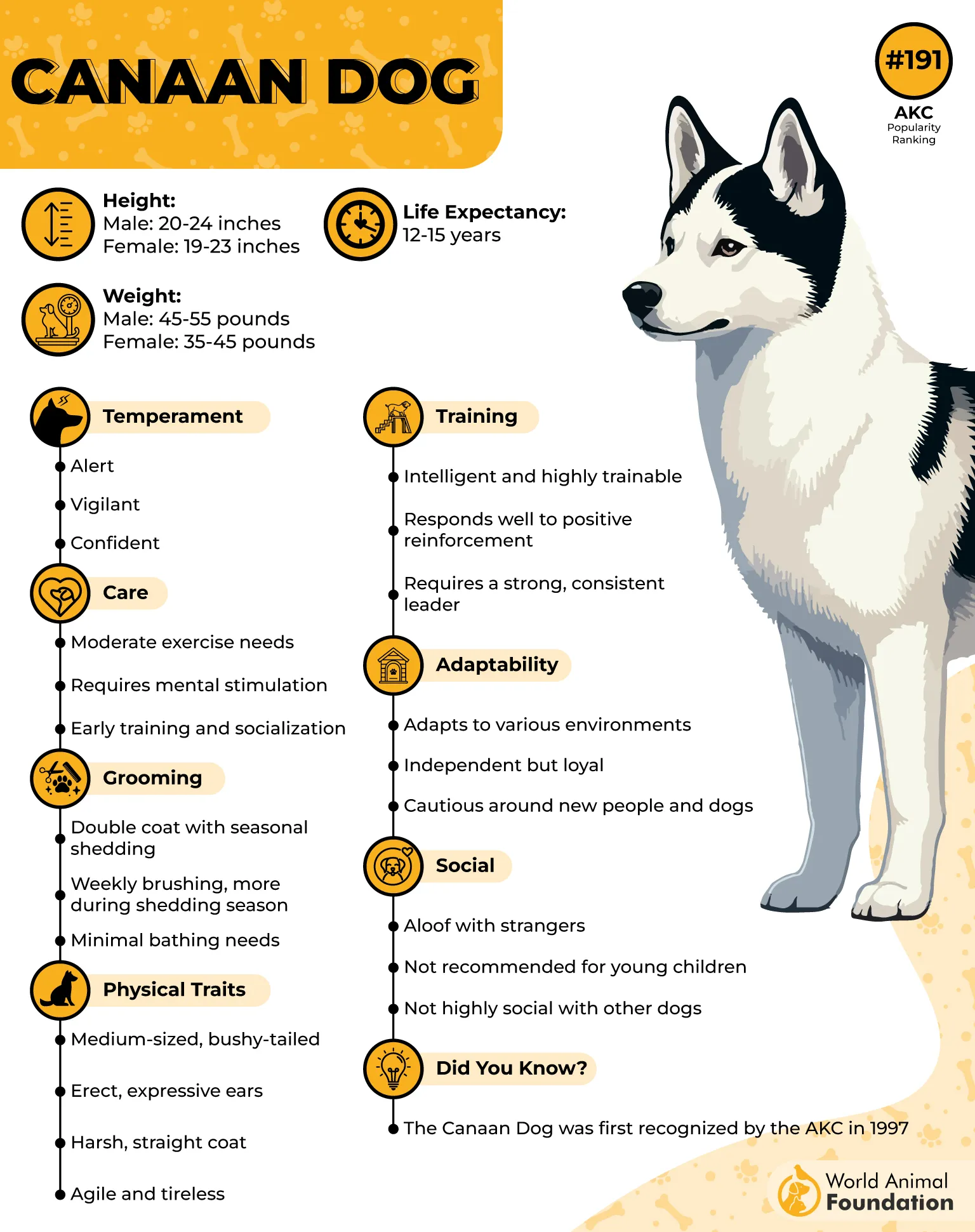
With a thick, flat double coat, they benefit from brushing a few times a week. Agile and tireless, Canaans excel in activities like obedience, herding, and agility trials. They are also known for their keen alertness, often barking to alert their family of unusual activity.
Fun fact: The Canaan Dog is one of the oldest breeds recognized by the American Kennel Club.
5. Mudi
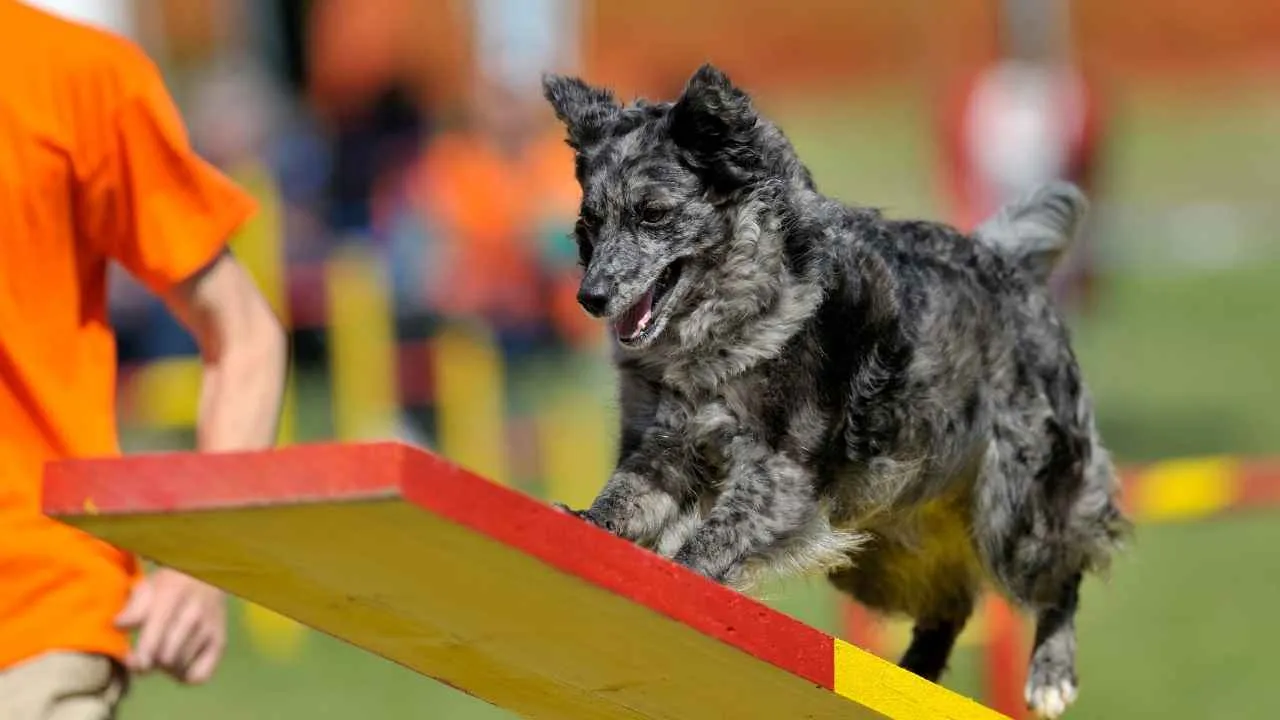
Hailing from Hungary, the Mudi (pronounced “moodie”) is a rare, medium-sized herding dog with roots tracing back to the 19th century. Thought to have descended naturally from breeds like the Puli, Pumi, and German Spitz, the Mudi has evolved into an agile, all-purpose farm dog.
It stands between 15 to 18.5 inches tall and weighs 18 to 29 pounds, boasting a wavy to curly coat in various colors, black, white, brown, gray, yellow, and the striking merle pattern.
Recognized in the Herding Group, the Mudi is admired for its intelligence, courage, and agility, often excelling in dog sports like agility, flyball, and obedience. While not hypoallergenic, it’s a loyal, trainable companion with a life span of 12 to 14 years.
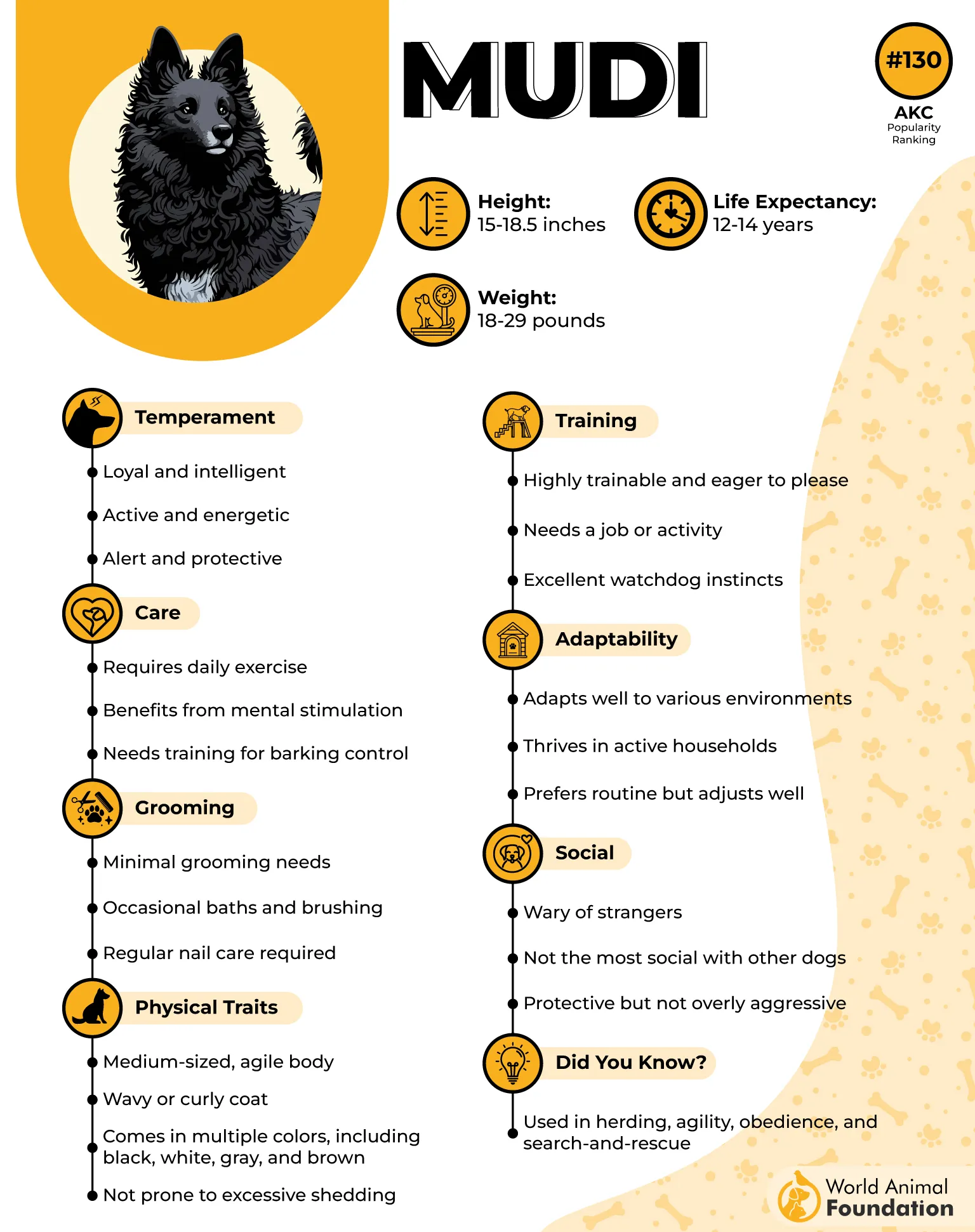
Unique Traits
Mudis are known for their enthusiastic work ethic and sharp minds. They are vocal, alert, and sensibly suspicious, making them excellent watchdogs.
Their ability to herd the most stubborn livestock and adapt to diverse roles, including search and rescue in Finland and the U.S., reflects their exceptional versatility. Despite their rarity, Mudis thrive on meaningful tasks with physical and mental stimulation.
Fun Fact: There are only a few thousand Mudis in the world today, making them truly exceptional and elusive companions.
6. Thai Ridgeback
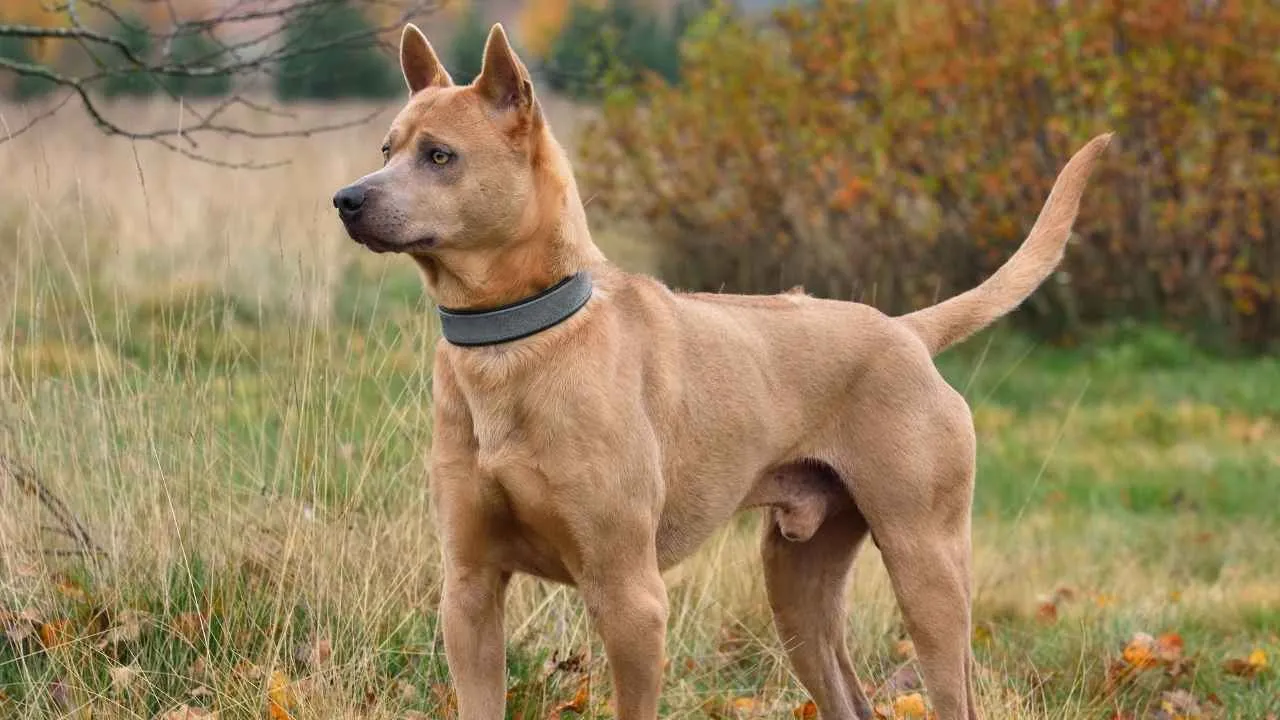
The Thai Ridgeback, a rare and ancient breed from Thailand, is known for its athletic build, keen intelligence, and fiercely loyal personality.
Originally bred as a hunting and guarding dog, this medium-sized breed stands between 20 to 24 inches tall and typically weighs between 35 and 75 pounds. Thai Ridgebacks are highly independent and were once left to hunt and survive on their own, contributing to their strong instincts and self-reliant nature.
Coat colors are typically solid blue, black, red, or fawn, often accompanied by a black mask in red-coated individuals. One of the breed’s most defining traits is its ridge of hair along the spine that grows in the opposite direction from the rest of the coat. This feature appears in up to eight unique patterns, though some puppies may be born without it.
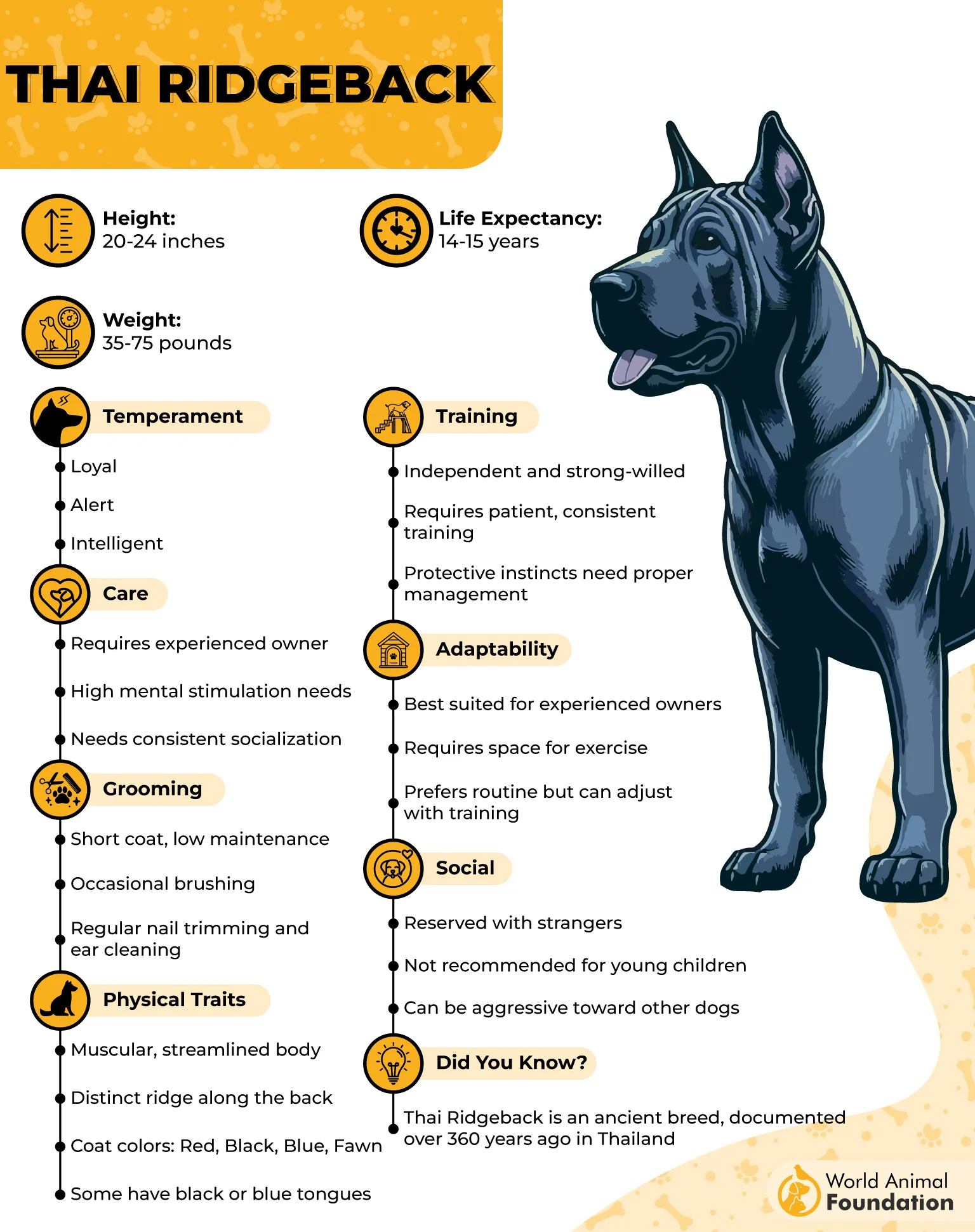
Unique Traits
Thai Ridgebacks are athletic and agile, boasting excellent jumping abilities and high energy. Their strong prey drive and protective instincts make early training essential.
Weekly brushing helps manage their minimal shedding, while socialization helps balance their naturally reserved temperament. Interestingly, some Thai Ridgebacks have solid black or blue tongues, a rare trait shared with few other breeds.
Fun Fact: Thai Ridgebacks may also display spotted or solid black/blue tongues, adding to their exotic charm.
7. Russian Tsvetnaya Bolonka
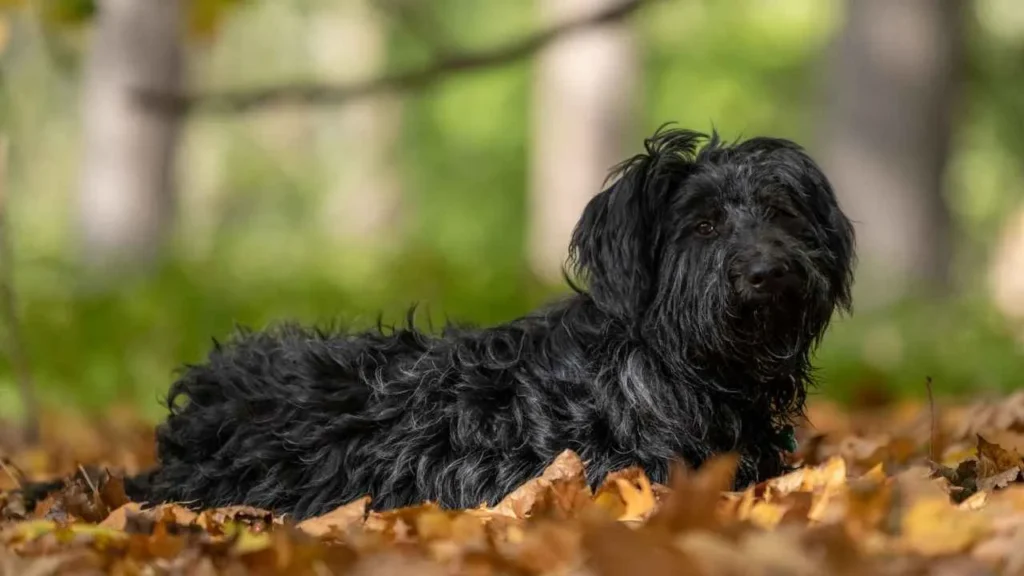
The Russian Tsvetnaya Bolonka, also known simply as the Bolonka, is one of the rarest members of the Bichon family. Originating from Saint Petersburg and Moscow, this toy breed was developed by crossing French companion dogs like the Bichon Frise, Pekingese, and French Bolognese with native Russian street dogs.
Measuring just 8 to 11 inches tall and weighing between 4.5 to 9 pounds, these compact dogs are a charming blend of intelligence and humor. Their lineage as city-dwelling lapdogs was solidified in the Soviet era, when the need for small, adaptable pets grew.
Unique Traits
This intelligent dog breed is adored for its hypoallergenic, loosely curled coat that comes in various rich shades. These dogs are not only low-shedding but also inherently social and even-tempered, making them ideal companions in apartments.
Their personalities are clever and comical, and many are natural mimics. Despite their size, they’re surprisingly sturdy and enjoy light outdoor activity. Bolonki form strong attachments with family and do well in homes with children and other pets. Training is typically easy due to their eagerness to please and sociable nature.
Fun Fact: The Bolonka nearly vanished during the Cold War and was only revived through careful breeding efforts after the Soviet era.
8. Kromfohrlander
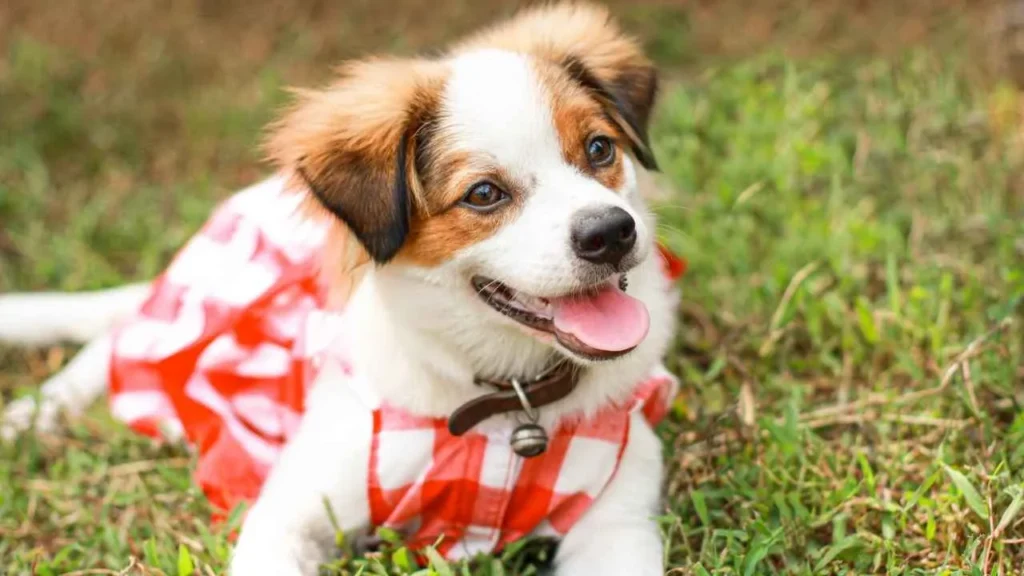
The Kromfohrländer, often nicknamed “Kromi,” is a rare and endearing companion dog that originated in Germany during the 1940s. Believed to descend from a dog discovered by American troops during World War II, the breed was developed by crossing a Fox Terrier with a Griffon-type breed.
Named after the Krom Fohr region in Siegerland, this breed belongs to the companion group and remains extremely rare outside Europe. Standing around 16–18 inches tall and weighing between 20–30 pounds, the Kromfohrländer has a medium build and comes in two coat types: smooth-haired and wire-haired, the latter often sporting a scruffy beard.
Unique Traits
Known for their expressive “smile” and signature sneeze-like greeting, Kromfohrländers are highly affectionate and thrive on human companionship. They are agile, clever, and naturally excel in agility and trick training.
Despite their terrier ancestry, they retain minimal hunting instinct and form a strong attachment to one person in the household. These affectionate dogs are sensitive and alert without being aggressive, making them ideal for calm families. With proper care, they can live up to 17 or even 18 years.
Fun Fact: In North America, the breed is so rare that prospective owners often join waitlists through certified breeders or breed clubs to welcome a Kromi home.
9. Lowchen
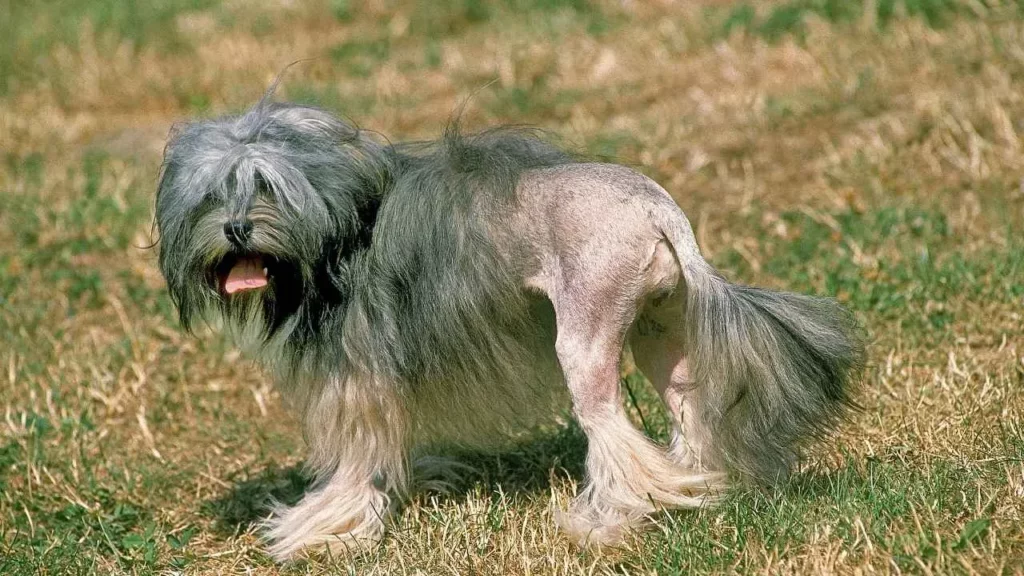
Known as the “Little Lion Dog,” the Löwchen is one of the most rare dog breeds in the world. Originating in Europe, possibly France or Germany, this ancient dog was once found depicted in 16th-century European art.
Though its exact origins are debated, the breed has long been associated with nobility and has ties to both the Bichon family and Tibetan terrier types. Small in stature, Löwchen typically stand between 12 and 14 inches tall and weigh around 10 to 18 pounds. With a lifespan of 13 to 15 years, they are affectionate, lively, and hypoallergenic, making them ideal for many families.
Unique Traits
The Löwchen’s most defining trait is its traditional “lion clip”, a haircut that leaves the front half of the body coated in thick fur while the hindquarters are shaved. This gives them their iconic lion-like appearance, complete with a plumed tail.
Their long, wavy coat comes in various color combinations and requires regular grooming. Despite their dainty look, they are sturdy and alert, always ready to socialize or stand guard with bravery beyond their size.
Fun Fact: In 1969, the Löwchen was considered the rarest dog breed in the world, with only 40 individuals known to exist.
10. Ariegeois
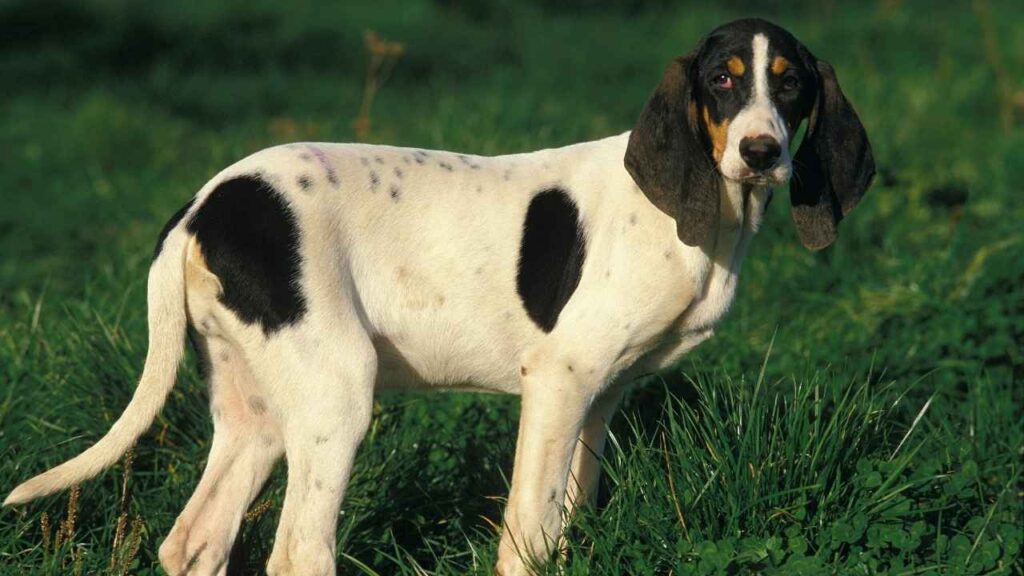
A rare gem of French origin, the Ariegeois, also known as the Ariege Hound, is a medium-sized scent hound that emerged in the Ariège region of Southern France around 1912. Developed through crosses of Grand Bleu de Gascogne, Grand Gascon Saintongeois, and various Briquet-type hounds, this athletic dog was primarily created for hunting deer, hares, and wild boar.
Ariegeois dogs typically stand about 20–23 inches tall and weigh between 35 to 65 pounds. Their coat is short and glossy, most often seen in white with black markings or tricolor patterns. Recognized by international canine organizations, this breed remains largely unknown outside of France, adding to its rarity.
Unique Traits
These hunting dogs are renowned for their stamina, agility, and strong scent-trailing instincts. Their long ears and expressive dark eyes give them a classic hound appearance.
Despite their drive as hunters, they are sociable and affectionate companions with a gentle nature at home. These dogs thrive in packs and require ample outdoor space, making them less suited to urban living. Early obedience training is recommended to channel their enthusiasm productively.
Fun Fact: Ariegeois hounds were historically valued for driving game back toward waiting hunters, a skill that remains prized among hunting enthusiasts today.
Conclusion
Exploring rare dog breeds opens the door to a fascinating world beyond the familiar. From lake dogs that once worked beside fishermen to feral desert dogs surviving in harsh terrains, these breeds reflect the resilience and diversity of canine history. While breeds like the New Guinea Singing Dog are known for their unique vocalizations, others, such as the Estrela Mountain Dog, are known for their loyalty and guarding instincts. Many of these breeds require attentive care, especially from experienced dog owners who understand their specific needs and temperaments.
Whether you’re seeking a vocal breed with character, a sporting dog suited for canine sports, or simply curious about a dog breed rare enough to turn heads, these hidden gems offer companionship and heritage in one package. Even the Grand Basset Griffon Vendéen, with its expressive face and keen nose, showcases how every rare breed brings something special to the table. These dogs are living legacies of culture, function, and heart.


